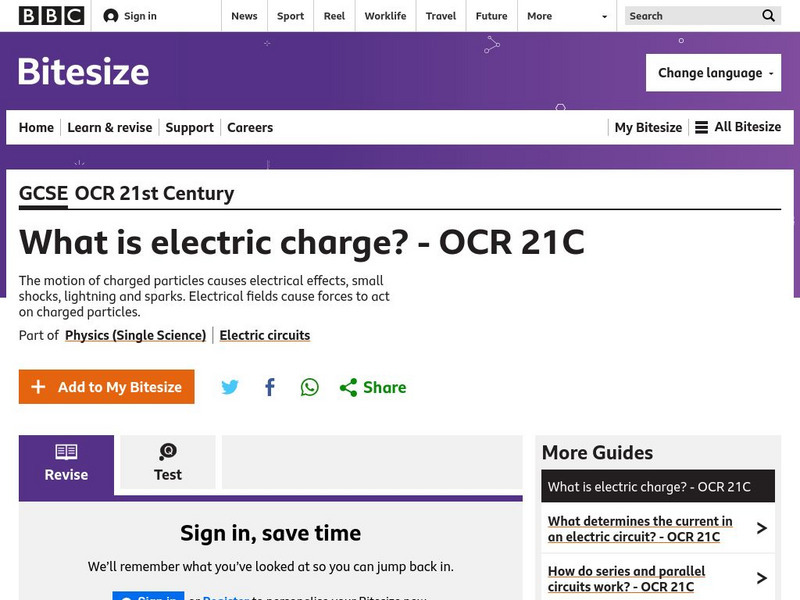Incorporated Research Institutions for Seismology
Iris: Earthquake Machine: Basic One Block & Simple Graph Animated
Animation of the single-block "Earthquake Machine" model shows how "Forces, Faults, and Friction" interact. [0:16]
PBS
Pbs Teachers: Tower of Coins Experiment
Demonstrate inertia by pushing a nickel out of the bottom of a stack without disturbing the rest of the stack.
Exploratorium
Exploratorium: Skateboard Science
This site is on the science and art of skateboard design, including equipment, tricks, glossary of terms, and a live webcast of a skateboard performance.
TeachEngineering
Teach Engineering: Watch It Slide!
Students use inclined planes as they recreate the difficult task of raising a monolith of rock to build a pyramid. They compare the push and pull of different-sized blocks up an inclined plane, determine the angle of inclination, and...
Children's Museum
The Children's Museum of Indianapolis: Build a Parachute
Learners create a parachute to explore how air pushes up against an object and slows it down as it falls.
Physics Classroom
The Physics Classroom: Work and Energy: Energy Transformation Downhill Skiing
The intricate relationship between work and mechanical energy is depicted in the animation for students to be able to visualize.
TryEngineering
Try Engineering: Engineered Sports
Students work in teams to investigate how aerospace engineering relates to sports, especially golf ball design and the physics of bounce. They use this information to determine whether these aerospace principles can be applied to...
BBC
Bbc: Gcse Bitesize: What Is Electric Charge? Ocr 21 C
This lesson focuses on electric charges. Electric current is the flow of electric charge. Some insulating materials become electrically charged when they are rubbed together. A substance that gains electrons becomes negatively charged,...
Other
Wikibooks: Physics Study Guide
A handy resource that gives an overview of equations and definitions pertinent to an introductory, college-level physics course, with two of its three sections focusing on motion-related topics and principles.
Science Education Resource Center at Carleton College
Serc: Investigating Gravity: Predicting Time to Hit the Ground
Young scholars will drop and shoot horizontally "Nerf" balls from a variety of known heights then record the amount of time it takes for the ball to hit the ground for each trial. They will plot height vs. time data and create a trend...
Science Education Resource Center at Carleton College
Serc: Investigating Projectile Motion: Creating a Catapult
This activity is for 9th grade physical science students. It begins with an inquiry-based activity using a projectile motion computer simulation. It culminates with students building a catapult; applying and connecting science knowledge...








